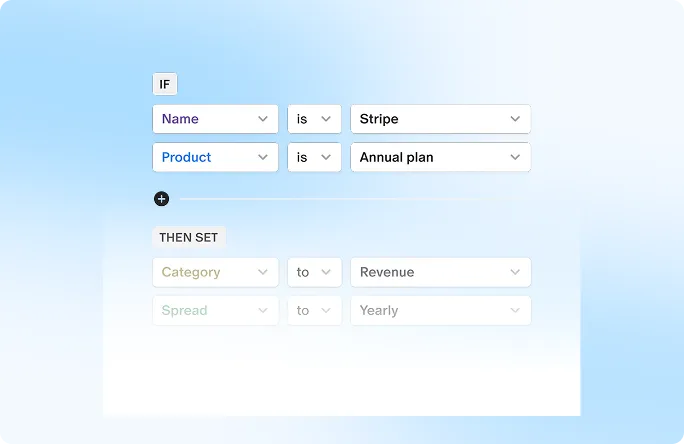Stock options, those little contracts holding the potential for financial windfalls, aren't just magically bestowed upon the chosen few. In the dynamic landscape of corporate compensation and employee incentives, stock options serve as powerful tools for aligning the interests of employees with the long-term success of the company. Understanding how stock options are granted is crucial for both employees and employers, as it forms a cornerstone of modern compensation packages and strategic workforce management.
In this blog, we'll explore the intricacies of stock option grants, from their inception to implementation.
The Three Granting Routes:
Let's first understand the different ways in which stock option are granted.
1. Formal Grant Agreements: The most common method, outlining all the nitty-gritty details like number of options, strike price, vesting schedule, and exercise terms. Both parties sign to ensure clarity and legal protection.
2. Stock Option Plans: Companies establish broader plans defining eligibility, grant frequency, and potential adjustments based on performance or company milestones. Employees typically accept by participating in the plan.
3. Verbal Agreements: While less common and riskier due to potential misunderstandings, small companies or informal arrangements might rely on verbal agreements. Always document key terms for clarity and protection.
Moving on to the different stages involved in the granting procedure:
Stage 1: Authorization and Approval:
Initiating the stock option granting process typically involves the company's board of directors authorizing the issuance of options. This approval usually aligns with the company's broader equity compensation plan, which outlines eligibility criteria, vesting schedules, and exercise prices.
Following the establishment or adjustment of the equity compensation plan, the board approves specific stock option grants to eligible individuals, including employees, executives, and directors, as outlined in the plan.
Stage 2: Determining Grant Parameters:
Before granting stock options, companies must define key parameters governing the options' terms and conditions:
1. The number of options allotted to each eligible individual depends on factors like role, performance, tenure, and industry standards.
2. The exercise price, or strike price, is predetermined and usually set at or above the current market price to incentivize future stock appreciation.
3. Vesting schedules dictate when employees earn the right to exercise their options, often spanning several years in increments to encourage retention and performance.
4. Stock options have a limited lifespan, typically lasting from five to ten years from the grant date, after which they expire.
Stage 3: Granting and Administration:
Once the grant parameters are set, the company formally issues stock options to eligible individuals by providing option agreements detailing terms like the number of options, vesting schedule, exercise price, and expiration date.
Companies may handle stock option grants internally or enlist third-party administrators or equity management software to oversee and manage grants, exercises, and vesting events.
Stage 4: Communication and Disclosure:
Clear communication and transparency are vital throughout the stock option granting process. Companies must effectively communicate details of stock option grants to employees, including potential benefits, risks, and tax implications.
Publicly traded companies are obligated to disclose stock option grant details in regulatory filings such as annual reports, proxy statements, and filings with the SEC.
Conclusion:
Granting stock options involves meticulous planning, authorization, parameter determination, administration, and communication. Stock options serve as incentives for attracting and retaining talent, motivating employees, and fostering alignment with company goals.
Successful stock option granting requires collaboration among company leadership, HR professionals, legal advisors, and financial experts to design and implement equitable compensation programs for mutual benefit.


 Equity management
Equity management

 Fund management
Fund management

 Fund management
Fund management

 Fund management
Fund management










































